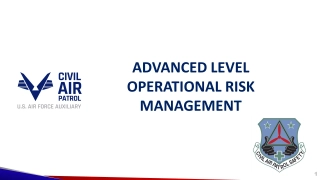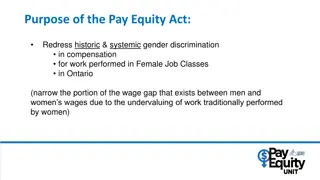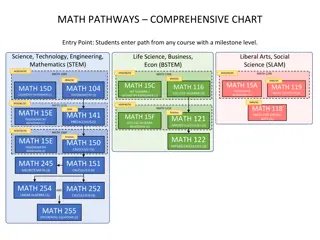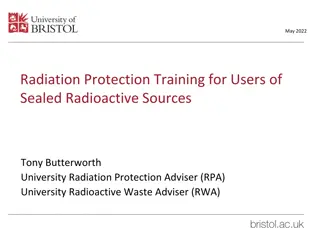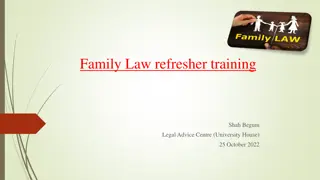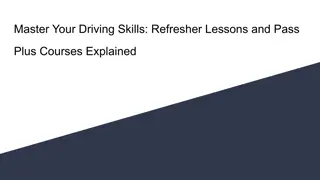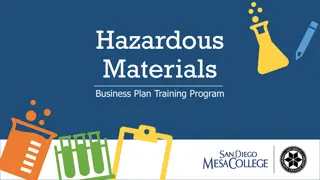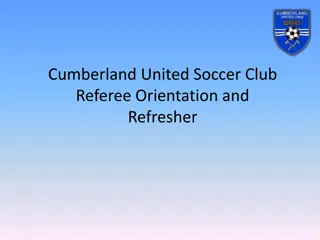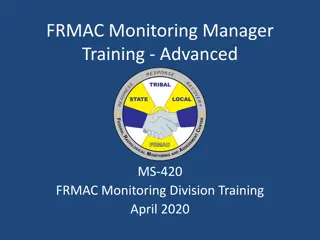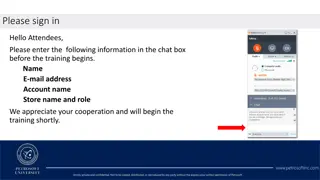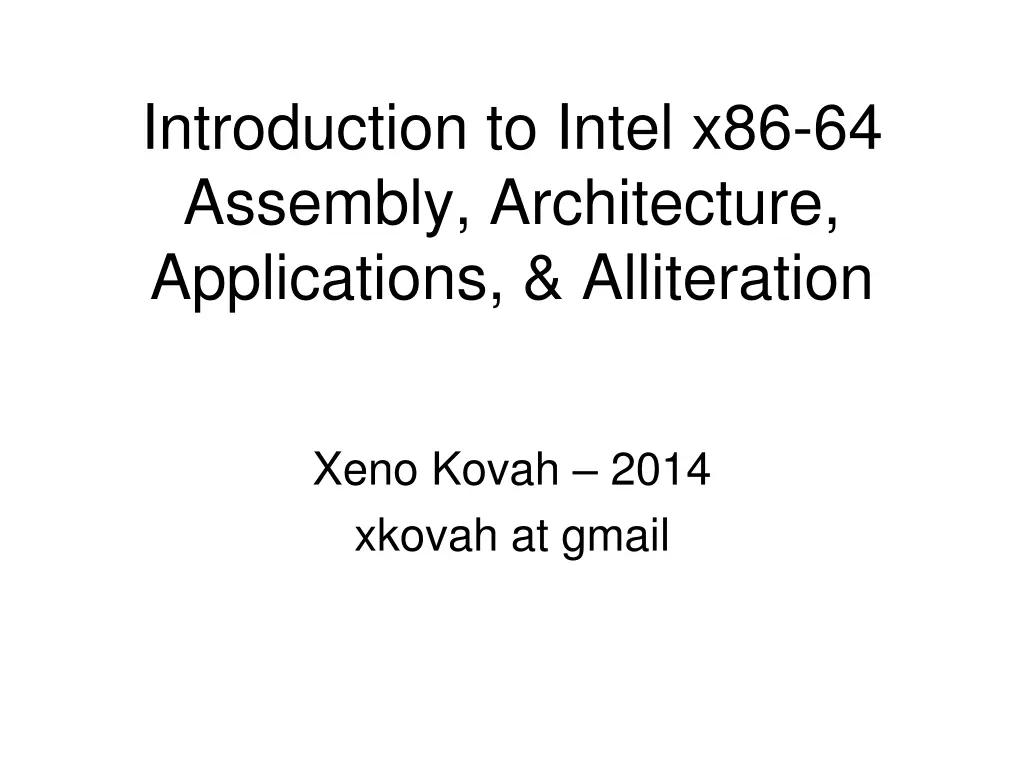
Comprehensive Guide to Intel x86-64 Assembly Programming
Delve into the world of Intel x86-64 Assembly language with this detailed guide covering architecture, applications, data types, binary/hexadecimal conversion, negative numbers, and bitwise logic. Explore a refresher on fundamental concepts and practice exercises to enhance your understanding. Materials are licensed under Creative Commons with attribution to Xeno Kovah.
Download Presentation

Please find below an Image/Link to download the presentation.
The content on the website is provided AS IS for your information and personal use only. It may not be sold, licensed, or shared on other websites without obtaining consent from the author. If you encounter any issues during the download, it is possible that the publisher has removed the file from their server.
You are allowed to download the files provided on this website for personal or commercial use, subject to the condition that they are used lawfully. All files are the property of their respective owners.
The content on the website is provided AS IS for your information and personal use only. It may not be sold, licensed, or shared on other websites without obtaining consent from the author.
E N D
Presentation Transcript
Introduction to Intel x86-64 Assembly, Architecture, Applications, & Alliteration Xeno Kovah 2014 xkovah at gmail
All materials is licensed under a Creative Commons Share Alike license. http://creativecommons.org/licenses/by-sa/3.0/ Attribution condition: You must indicate that derivative work "Is derived from Xeno Kovah's 'Intro x86-64 class, available at http://OpenSecurityTraining.info/IntroX86-64.html
Refresher - Data Types In C: char In C: short In C: int/long aka DWORD on Windows In C: double/long long aka QWORD on Windows ?-> In C: long double? Intel Vol 1 Sec 4.1 - page 4-1 - (All citations will be from the included June 2014 manual, because things move around slightly between revisions)
Refresher - Alt. Radices Decimal, Binary, Hexidecimal If you don t know this, you must memorize tonight Decimal (base 10) Binary (base 2) Hex (base 16) 00 0000b 0x00 01 0001b 0x01 02 0010b 0x02 03 0011b 0x03 04 0100b 0x04 05 0101b 0x05 06 0110b 0x06 07 0111b 0x07 08 1000b 0x08 09 1001b 0x09 10 1010b 0x0A 11 1011b 0x0B 12 1100b 0x0C 13 1101b 0x0D 14 1110b 0x0E 15 1111b 0x0F
Maybe go practice here? http://forums.cisco.com/CertCom/game/binary_game_page.htm
Refresher - Negative Numbers Negative numbers are defined as the two s complement of the positive number one s complement = flip all bits. 0->1, 1->0 two s complement = one s complement + 1 Number 00000001b : 0x01 00000100b : 0x04 00011010b : 0x1A ? One s Comp. 11111110b : 0xFE 11111011b : 0xFB 11100101b : 0xE5 ? Two s Comp. (negative) 11111111b : 0xFF : -1 11111100b : 0xFC : -4 11100110b : 0xE6 : -26 10110000b : 0xB0 : -? 0x01 to 0x7F positive byte, 0x80 to 0xFF negative byte 0x00000001 to 0x7FFFFFFF positive dword 0x80000000 to 0xFFFFFFFF negative dword
Refresher - Boolean (bitwise) logic AND & XOR ^ OR | 0 0 1 1 0 1 0 1 0 0 0 1 0 0 1 1 0 1 0 1 0 1 1 1 0 0 1 1 0 1 0 1 0 1 1 0 Operands Result NOT ~ 0 1 1 0

